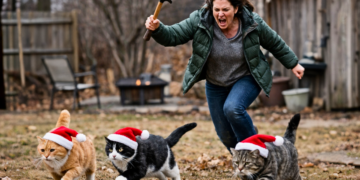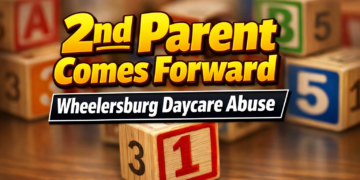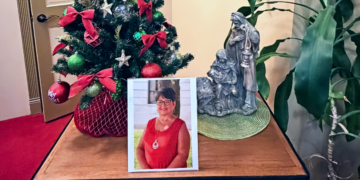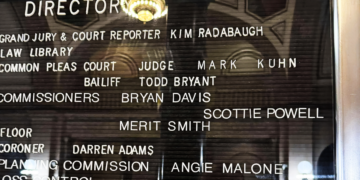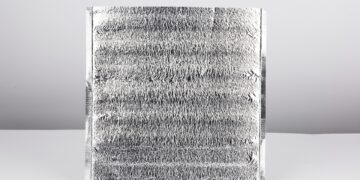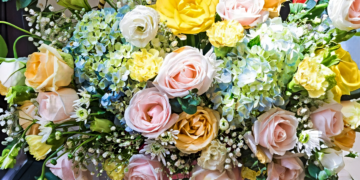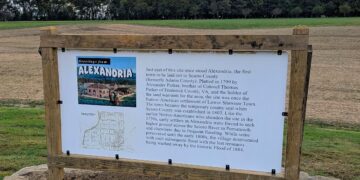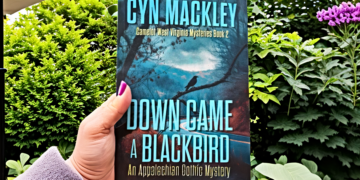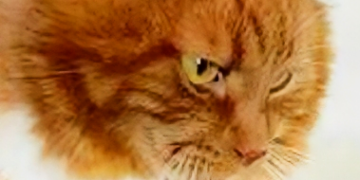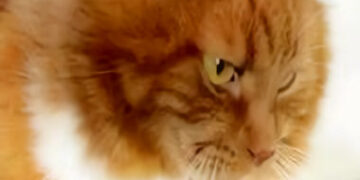Mason Bees Ohio: While gardening during the pandemic, I learned something new about busy buzzing bees. Mason bees are awesome pollinators for the backyard garden. Who knew?
“Of the 4,000 bee species native to North America, mason bees are among the easiest to raise, while also being gentle and amazing pollinators. Mason bees nest in pre-made holes and hole-nesting bees represent about 25% of the world’s bee species. We can increase mason bee populations by raising them in our backyards and gardens, which is a great way to supplement the stressed honeybee, sustain our future food supply, and provide nesting sites for other native bees, too,” according to an article at www.thehoneybeeconservancy.org.
Mason bees (genus Osmia) are smaller than honeybees. What’s interesting is that they are blue-black and not yellow. And mason bees don’t build hives. Each bee lays eggs in a natural hole in nature and seals off the opening with a mortar-like mud. No queen bee for these buzzers. Unlike a carpenter bee, these buzzers won’t drill holes so they are not destructive. They are masons, so they build.
The female mason bees have stingers—the males do not. The females only sting if trapped or squeezed. And these buzzers do not make honey.
Alert! Before you buy a mason bee house or hotel, do the research. The most prevalent problem with bee houses is that when they’re not cared for properly and cleaned each season, they can become breeding grounds for pests, mites, mold, fungus, and disease.
Would you stay in a hotel or Airbnb that was never cleaned? Gross!
An article at www.lancasteronline.com gives information about mason bee homes. “You can make a mason bee home with a wooden block filled with drilled holes or a bundle of straws or bamboo shoots. Don’t use treated wood, which can harm the bees. To attract the most bees, tunnels should be 5/16th of an inch in diameter and 6 inches deep. Cover the fronts of the holes with chicken wire to prevent bird attacks. Place the box at least three feet above the ground. A roof on the house will protect from the rain so the young bees won’t rot. The front of the home should face south or southeast so cold-blooded bees can be warmed by the sun and start the day’s foraging.”
[embedyt] https://www.youtube.com/watch?v=Kx_KgC9-t7w[/embedyt]
Mason Bees in Ohio
An article by Ohioline-Ohio State University Extension said the following about these buzzers. Mason bees normally fly in the spring and early summer, so place nests in your garden by April/May to get the highest recruitment. Place small boxes with damp soil near the nesting boxes for nest partition resources. The damp soil is used to line the walls for each bee larvae and pollen provision. www.ohioline.osu.edu.
Watch a brief video from a backyard in Ohio and see how they hang mason bee nesting blocks.
Visit www.thebee.farm.
Osmia Bee is a family-owned business based in Cincinnati, Ohio. “We have been raising native bees since 2011 and these incredible pollinators have piqued the interest of our friends and community. Our name, Osmia, refers to the genus of some of our favorite pollinators, Mason Bees.” Visit www.osmiabee.com.
I purchased a wooden mason bee house online, but will not use it until next April. However, I planted pollinator-friendly plants—a bee grocery store for Spring 2021.
By the way, June 22-28, 2020 is National Pollinator Week. Celebrate the mason bee! Visit www.pollinator.org.

“The hum of bees is the voice of the garden.”—Elizabeth Lawrence
Melissa Martin, Ph.D., is an author, columnist, educator, and therapist. She lives in Scioto County.









